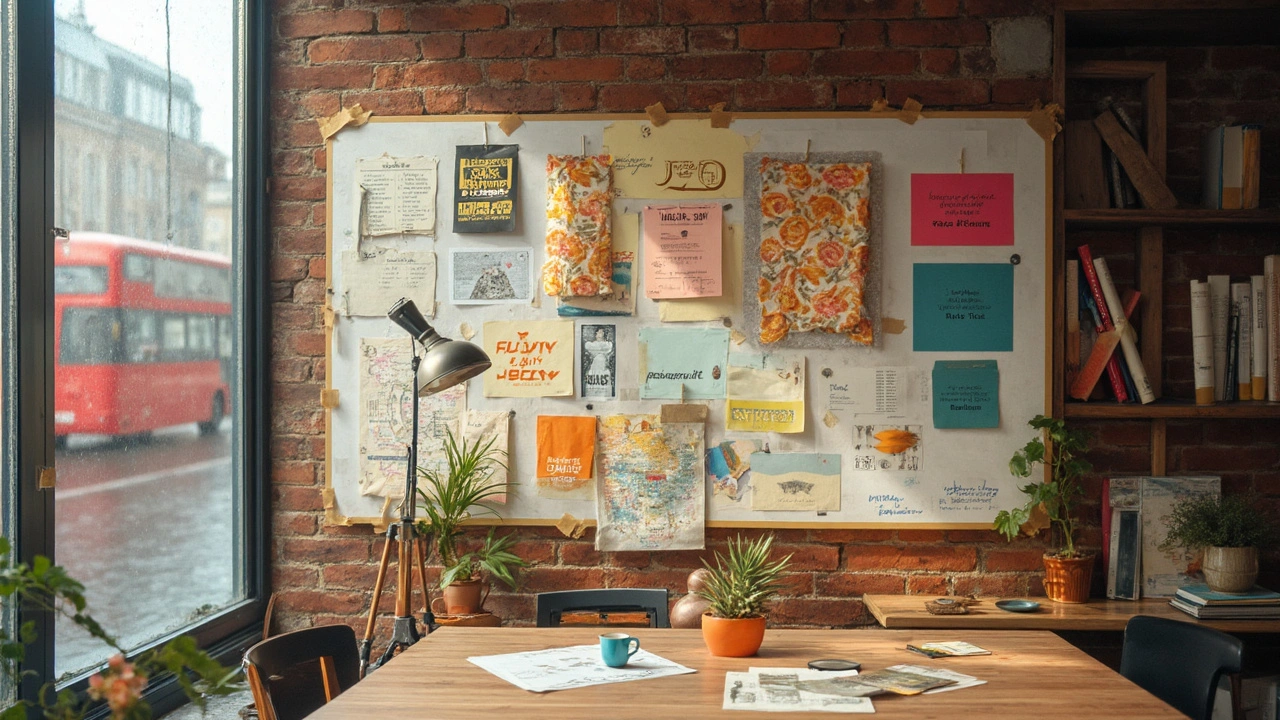Nostalgia Marketing: Make Your Brand Feel Familiar and Fresh
Ever notice how a 90s cartoon jingle can make you smile years later? That feeling is pure nostalgia, and brands love it because it triggers warm memories that turn into buying decisions. In simple terms, nostalgia marketing uses old‑school images, sounds, or stories to connect with people’s past and create instant trust.
Why Nostalgia Works
First, nostalgia taps into the brain’s reward system. When you recall a happy moment, dopamine spikes – the same chemical that makes you want that extra slice of pizza. Marketers borrow that rush and attach it to a product, so shoppers feel a subconscious boost while scrolling.
Second, nostalgic cues cut through today’s noisy ads. In a sea of high‑tech visuals, a retro illustration or vintage font stands out like a familiar face at a party. People pause, recognize it, and are more likely to remember the brand later.
Third, nostalgia builds a sense of belonging. It reminds people they share a cultural moment – think of the first time you played a certain video game or watched a classic TV show. Brands that link to those moments invite customers into a community based on shared memories.
Tips to Use Nostalgia in Your Campaigns
1. Pick the right era. Choose a decade your target audience grew up in. Millennials respond well to 80s neon, while Gen Z might love early 2000s memes. Align the era with the product’s vibe to keep it authentic.
2. Reuse iconic visuals. Old logos, packaging, or mascots can be refreshed with a modern twist. A simple label redesign that echoes the original can spark curiosity without looking outdated.
3. Tell a personal story. Share a behind‑the‑scenes memory or a founder’s childhood anecdote that relates to the product. Real stories feel less like a sales pitch and more like a conversation.
4. Blend nostalgia with new benefits. Don’t rely on memory alone – explain why the product works better today. For example, “Our classic soda taste, now with zero sugar.” This pairs emotional pull with a clear reason to buy.
5. Test with real fans. Show your retro concept to a small group of loyal customers before a big launch. Their feedback will tell you if the vibe feels genuine or forced.
6. Use sound. A catchy jingle from the past or a familiar ringtone can instantly trigger memory. Audio is especially powerful in video ads and podcasts.
7. Leverage social media trends. Throwback hashtags (#TBT, #ThrowbackThursday) already have built‑in nostalgia traffic. Pair them with user‑generated content for extra credibility.
Remember, nostalgia works best when it feels honest. Over‑doing it can look like a gimmick and turn people off. Keep the message clear, tie the memory to a benefit, and watch engagement rise.
Ready to add a dash of the past to your next campaign? Start by digging through old brand archives, pick a memory that still makes you smile, and craft a simple story around it. The result will feel familiar, fresh, and surprisingly effective.

Revivalism in Graphic Design: Why Nostalgia Works and How to Use It
Why nostalgic design keeps winning, which eras to borrow from, and how to apply them without looking dated. Practical steps, style recipes, pitfalls, and a quick checklist.
Read more